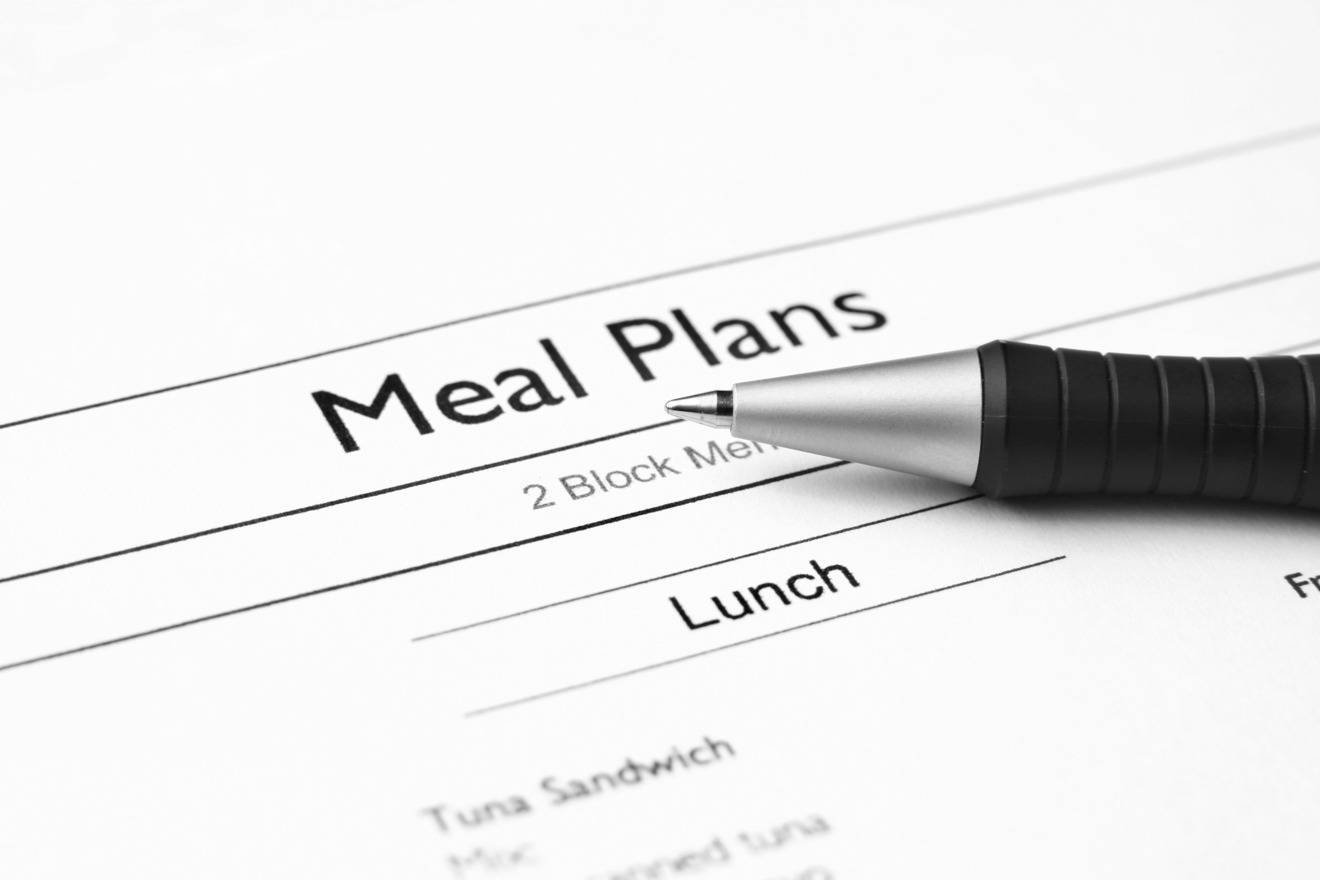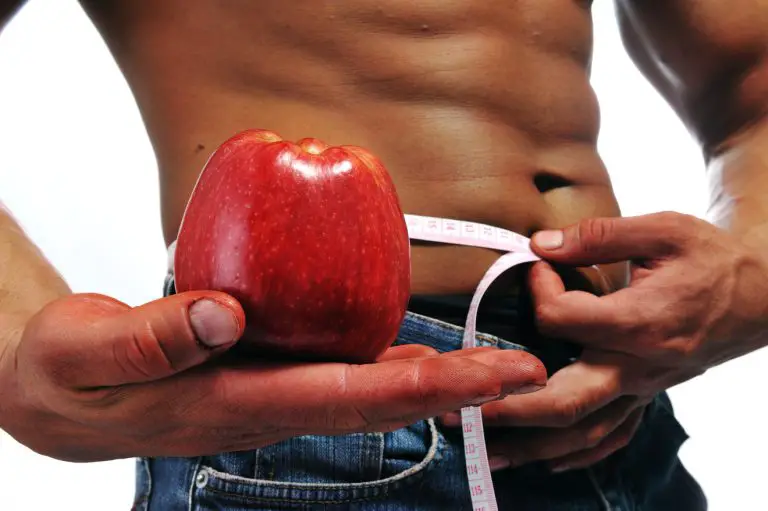Master meal prepping
Key takeaways
- When done consistently, meal prep is a game changer in reaching your fitness goals and avoiding unhealthy decisions.
- Choose a meal prep method appropriate to you and your lifestyle — you can cook by batch, meal prep each meal individually or prep ingredients to be assembled into meals later on. Each method has its own pros and cons.
- The key is to create balanced meals that contain protein, carbohydrates and healthy fats.
- The meal prep process is as follows: create a shopping list, choose your prep day, cook efficiently, portion and store your meals.
- Make sure to start simple, stay flexible and keep variety in mind.
Meal prep: a tool and habit
When it comes to achieving your fitness goals, whether it’s building muscle, losing fat, or maintaining a healthy body composition, meal prepping is a powerful tool that can set you up for success. Meal prepping helps you stay consistent with your diet, save time during the week, and make healthier food choices—all of which are critical for long-term fitness progress.
But for many, the thought of spending hours in the kitchen or deciding what to cook for the week can feel overwhelming. The good news is, with a little planning and the right approach, meal prepping can become a simple and effective habit that supports your fitness journey.
In this guide, we’ll explore the essential strategies for meal prepping, helping you create balanced meals that fuel your workouts and help you stay on track with your nutrition goals.
Why meal prepping is a game-changer
Meal prepping isn’t just about saving time; it’s about creating consistency. In the world of fitness, consistency is key to reaching your goals. Whether you’re aiming to lose weight, gain muscle, or just maintain your current fitness level, having nutritious meals ready to go ensures that you’re fueling your body with the right nutrients.
When you prepare meals in advance, you’re less likely to grab unhealthy options out of convenience or skip meals altogether. Plus, meal prepping gives you full control over portion sizes, ingredients, and macronutrient balance, which is essential for achieving specific fitness goals, like hitting protein targets for muscle gain or managing caloric intake for fat loss.
How to start meal prepping
The first step to mastering meal prepping is to plan. Having a clear plan not only makes the process smoother but also ensures that your meals align with your fitness goals. Here’s how to get started.
1. Set your nutrition goals
Before you begin, it’s important to understand your nutritional needs. Are you focused on losing fat, building muscle, or simply maintaining your current weight? Your fitness goals will determine your calorie and macronutrient requirements.
For muscle gain, your meals should focus on being high in protein and slightly higher in calories to support muscle growth. For fat loss, you’ll want meals that create a caloric deficit while still providing enough protein to preserve lean muscle mass. Whatever your goal, having a target number of calories and macronutrients (proteins, carbs, and fats) will help you structure your meals effectively.
2. Choose your meal prep method
There are several different methods of meal prepping, and the right one for you depends on your schedule and lifestyle. Here are a few common approaches:
- Batch Cooking: Prepare large quantities of food and portion them out for the week. This is ideal if you enjoy eating the same meal multiple times and want to keep things simple.
- Individual Meal Prepping: Prepare and portion out each meal separately. This method gives you more variety but requires a bit more time.
- Ingredient Prepping: Prep ingredients ahead of time (chopping veggies, cooking proteins, etc.) and assemble meals as needed. This allows for flexibility during the week without full meal prep commitment.
Balance is key
A balanced diet is crucial for supporting fitness goals. Each meal should include a source of protein, carbohydrates, and healthy fats. Additionally, make sure to include plenty of vegetables to provide fiber, vitamins, and minerals.
For instance, if your goal is to build muscle, focus on high-protein sources like chicken, turkey, fish, tofu, and eggs, paired with complex carbohydrates like quinoa, sweet potatoes, and brown rice. If your goal is fat loss, you might opt for lean proteins and pair them with low-calorie vegetables like spinach, broccoli, or cauliflower.
When planning your meals, consider these elements for balance:
- Protein: Essential for muscle repair and growth. Aim for a lean protein source in each meal.
- Carbohydrates: Fuel your workouts and recovery. Focus on complex carbs like whole grains, fruits, and starchy vegetables.
- Fats: Support hormone function and provide sustained energy. Include healthy fats from sources like avocados, nuts, and olive oil.
The meal prepping process
Now that you’ve planned your meals, it’s time to prep. Follow these steps to streamline your meal prepping process.
1. Create your shopping list
Based on your planned menu, create a shopping list that includes all the ingredients you’ll need for the week. Shopping with a list not only saves time but also helps you avoid buying unnecessary items that might lead to unhealthy choices.
Stick to the perimeter of the grocery store where fresh produce, proteins, and whole foods are typically located. Avoid heavily processed foods, as they often contain added sugars, unhealthy fats, and empty calories.
2. Choose your prep day
Designate one or two days a week for meal prepping. Sundays are a popular choice because it allows you to prepare for the entire week ahead. Set aside a few hours to cook, portion, and store your meals.
If prepping for the whole week feels daunting, you can split it up by prepping twice a week (e.g., Sunday and Wednesday) to keep your meals fresher.
3. Cook efficiently
Maximize your time by multitasking. For example, while one dish is cooking on the stove, you can roast vegetables in the oven or cook grains in a rice cooker. Use sheet pans to cook large batches of food at once and invest in a slow cooker or instant pot to make hands-off cooking easier.
Cooking in bulk allows you to prepare several meals at once with minimal effort, so focus on dishes that are simple and versatile. Dishes like grilled chicken, roasted vegetables, and quinoa can be used in a variety of meals throughout the week.
4. Portion and store your meals
Once your food is cooked, it’s time to portion it out into individual containers. Use a kitchen scale or measuring cups to ensure you’re hitting your calorie and macronutrient targets.
Store your meals in airtight containers to keep them fresh throughout the week. Glass containers are a great option because they’re microwave-safe and don’t absorb odors like plastic can. Label each container with the date and meal name to stay organized.
Meals that will be eaten within 3-4 days can be stored in the fridge, while the rest can be stored in the freezer. When you’re ready to eat, simply thaw and reheat your meals.
Sticking to your meal prepping routine
Consistency is key when it comes to meal prepping. Over time, you’ll find that the process becomes easier, and you’ll save hours of cooking during the week. Here are some tips to stick to your routine:
- Start simple. Don’t overcomplicate your meal prep in the beginning. Stick with basic meals and gradually add variety as you get more comfortable.
- Stay flexible. Life happens, and some weeks you may not have time to prep. On those days, make healthy choices with store-bought options like rotisserie chicken, pre-cut veggies, or frozen meals that align with your goals.
- Keep variety in mind. While prepping the same meal for the whole week can save time, you don’t want to get bored. Switch up your recipes every week to keep things exciting and enjoyable.
Reaping the benefits of meal prepping
Meal prepping for fitness isn’t just about food; it’s about setting yourself up for success in every aspect of your fitness journey. By taking the time to plan and prepare your meals, you’ll eliminate the stress of daily meal decisions and give yourself the best chance of hitting your nutrition and fitness goals consistently.
When you meal prep, you eliminate the guesswork and make it easier to stay on track with your nutrition goals. You’ll save time during the week, avoid the temptation of unhealthy food, and ensure that your body is fueled with the nutrients it needs for optimal performance.
Remember, consistency is the key to success. By mastering the art of meal prepping, you’ll set yourself up for long-term fitness progress and healthier habits that last a lifetime. So, grab your containers, fire up the stove, and start prepping your way to a leaner, stronger, and healthier body!
Written with the assistance of AI. Reviewed and edited by Marielle Livelo.







